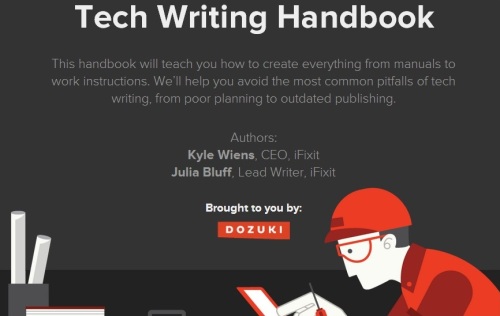Source: Gizmod0, Oct 2014
the narrative of my book is that instead of pursuing the mirage of artificial intelligence, in which machines will think without us, what’s been particularly successful and will be in the future is making even more intimate connections between ourselves and our machines—having them much more embedded into our lives.
Q: Alan Turing is a fascinating figure. But in your discussion of AI you point to the limits of viewing computing as akin to human thinking. You’re more sympathetic to augmented intelligence, of using powerful machines as collaborators to human creativity. Why is that?
WI: When you look at the history of the past 50 years, the leaps have come from forging more intimate connections between humans and machines, rather than creating machines that don’t benefit from the connection of human creativity. So the concept that we’re about to reach a singularity where machines will be able to do things without us doesn’t seem to follow the data points we have of the past 50 years.
I do believe that economic inequality and a lack of economic opportunity for much of our society is the political, economic, and moral issue of our time.
I wouldn’t blame the app economy or the sharing economy for either causing this problem nor solving this problem. But I think if we dedicate ourselves as a society to making sure that digital tools are used to produce economic opportunity for everybody and a shared prosperity for everybody, that would be great for the whole economy and more importantly it would be the moral thing to do.
Q: What should we take away from the history of the digital age?
WI: America is still the most fertile ground for innovation because we have rebellious and curious people. We have an entrepreneurial spirit, a tolerance for risk and failure. However, there are some things we should pay attention to. One is making sure that everybody gets included in this revolution, including people born in less privileged zip codes and including women.
It’s very important that we use our technology to improve the educational opportunities for all, rather than focusing only on apps that, you know, crowdsource the ratings of restaurants.
That’s not something government can force. I think it’s what we all do as a society ever since the days of Benjamin Franklin. To use his words: “How can we do well by doing good?” I think the next phase of the digital revolution can be more inclusive. I hope.
Additional Resources:
Washington Post, Oct 2014
Isaacson instead eyes the future of collaborative creativity with a clarion call for “poetical science.” He champions the merger of art and technology at the heart of the most successful innovators, from Lovelace to Jobs. “The Innovators,” he writes, is a story of the progress of human-computer symbiosis, not artificial intelligence. Its next phase “will bring even more new methods of marrying technology with . . . media, fashion, music, entertainment, education, literature, and the arts.” Indeed, the world’s universities (including my own) are fast at work building infrastructure to instill a “rebellious sense of wonder” in students lest they and the institutions that train them become historical “bystanders.”
What will bring about these poetical innovators? A diverse ecosystem is vital; timing matters; you need venture capital; and a functioning government; big ideas develop across generations; it helps if your mother is a mathematician; war is an engine of change; you never know whom you’ll meet on a train platform; childhood books shape us profoundly; and on and on. But digital geeks scouring their Kindles for insight in this latter-day “Lives” also will find that a basic secret endures — conviction that the best of all possible worlds is limited only by imagination.
Simon and Schuster website, Oct 2014
I also became interested in how the quest for artificial intelligence—machines that think on their own—has consistently proved less fruitful than creating ways to forge a partnership or symbiosis between people and machines. In other words, the collaborative creativity that marked the digital age included collaboration between humans and machines.




